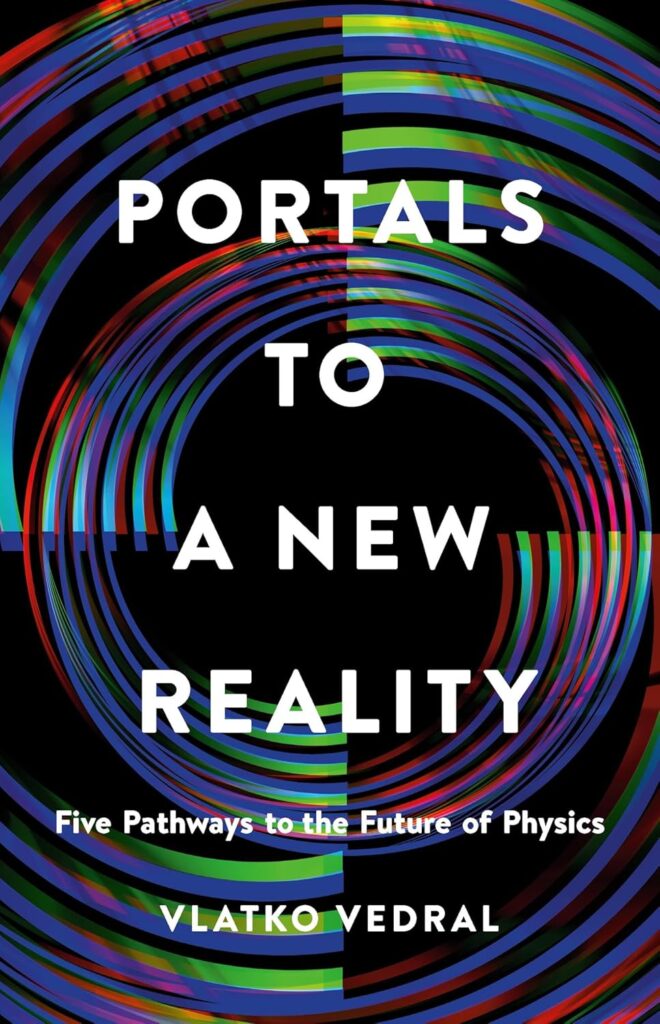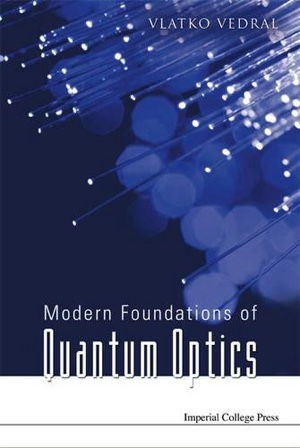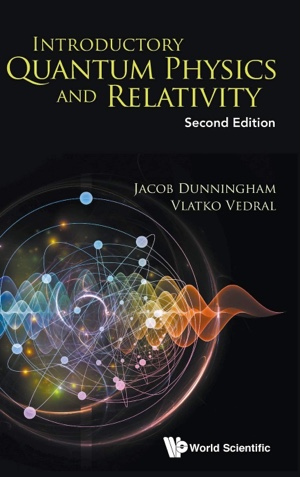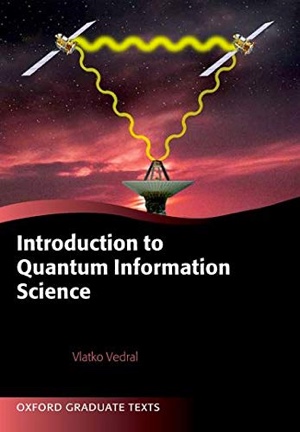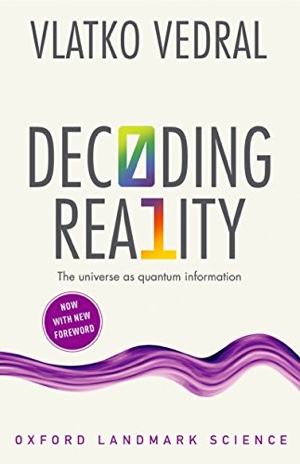Duane the Man
Lots of my writing emphasises the consistency and coherence of scientific explanations across the board. For instance, to take an almost random example, the Victorian physicists had a problem with Darwin’s theory of evolution because Kelvin’s estimate for the age of the Earth was too inaccurate. The Earth – according to him – was too young to allow for evolution to work its magic and produce the biological diversity we see around us. We no longer have this problem (unless you are a creationist 😊), although there is still a puzzle regarding the fact that as soon as the Earth cooled down enough to allow for the inception of life (about 4.5 billion years ago), life indeed did start, almost immediately (4 billion years ago or so). No one understands why and how.
Anyway, an implicit assumption is certainly there in all sciences that nature is coherent and that our different approaches, even when they develop completely independently of one another, should not be contradictory. In other words, physics, chemistry and biology should be compatible with each other. We don’t know if the universe is like that (there is no reason why the universe should satisfy the human desire for logical or any other form of “coherence”), but it’s a working assumption that has always been fruitful in science.
In physics, we use such “cross disciplinary consistency” all the time. The laws of thermodynamics came from the study of steam engines. Energy conservation (the First Law) and the fact that the entropy of a closed system cannot decrease (the Second Law) were originally conceived to explain the functioning of steam engines that powered the Industrial Revolution. Very quickly, however, physicists assumed that the laws of thermodynamics should be universally valid. A new theory is to be judged or – better put – selected according to whether it complies (or not) with the laws of thermodynamics.
Originally, thermodynamics was backed up by classical physics though Boltzmann’s statistical mechanics. Boltzmann argued that Newton’s laws of mechanics, plus a bit of statistics, are enough to explain all of the laws of thermodynamics. But, when quantum physics was discovered, the laws of thermodynamics were still expected to be obeyed. So much so that when, in a nuclear reaction, it looked as though energy was not conserved, Pauli immediately suggested that that’s because we missed a particle that was also there. And indeed, a particle was missed because it is neutral and with a zero (or almost zero) mass. Pauli appropriately called it a neutrino (the small neutral one). And, much like with life and Earth, one problem was solved only to lead to a number of others (such is the nature of the scientific progress). We still cannot explain neutrinos fully within what is called the Standard Model (read: the best account so far of everything we see in Nature) but at least they don’t violate any obvious facts.
The consistency I care about the most is within the quantum world. I’ve frequently complained that a theory that’s half quantum and half classical always leads to contradictions (the complaint comes from the fact that many of my colleagues seem to disregard this fact). In order to avoid contradictions, we need to use either a fully quantum or a fully classical model. And, of course, a fully classical model fails to explain our experiments so the only choice we have is a fully quantum model.
What’s frequently not appreciated is that half-quantum half-classical models violate the laws of thermodynamics (among a host of other principles). An example would be various modifications of the Schrödinger equation to take into account “collapse” due to quantum measurements. I don’t think any such modification is needed, however, those that do, sometimes make mistakes in that their modifications that allow the new theory to fully discriminate all quantum states. And this is not possible. In fact, von Neumann showed a long time ago (1930 or thereabouts) that if you could discriminate all quantum states perfectly, you could violate the Second Law. He did so by explicitly constructing a thermodynamical cycle that would convert all the heat into work without any losses.
William Duane was an American physicist one of whose papers was ingenious and all about consistency of physics. It seems to me to be one of the key insights at the beginning of quantum physics (1923) and we should learn about it alongside de Broglie’s ideas. Both de Broglie and Duane thought “if Einstein says that light, traditionally thought of as a wave, is made up of particles, then we should certainly think of particles, such as electrons, also as waves”. It would be inconsistent to think that waves are particles, but particles are not waves (ultimately everything is a quantum wave as I’ve written about in some of my previous blogs).
Duane had a phenomenal argument to support this. Take the experiment of diffracting X rays of a crystal lattice (done by the Braggs, the father and the son, both receiving a Nobel Prize for their work in 1915). The refracted waves could only be detected at certain angles. The rule for how to find these angles is called (no surprizes here) the Bragg condition. If you think of X rays as being made up of photons, then this rule tells you about the change of the momenta in these photons as they reflect: the change can only be in certain specific units, the reason being that the emissions from different atoms of the lattice interfere with each other and cancel each other out in some directions (negative interference) while amplifying in other directions (positive interference).
Here come Duane’s argument. The change in the momentum of reflecting photons has to be transferred to the atoms of the lattice (there is nowhere else for the momentum to go). He found out that if this is so, then the atoms of the lattice have to obey the quantization condition, which is that the product of the distance between the atoms and the change in the momentum has to be an integral multiple of Planck’s constant. If the atomic momenta were not quantized, the momentum would not be conserved overall. So, if we think of the X rays as being made up of particles, then we should think of the lattice not just as a bunch of classical atoms, but as quantum waves too. Otherwise, there is a violation of momentum conservation.
Duane realised this two years before the quantum mechanics proper (which started with Heisenberg in 1925, followed by Born, Jordan, Dirac and Schrödinger in quick succession in 1925 and 26). With our full knowledge of quantum physics things could be stated in the full generality as follows: we will violate either the laws of thermodynamics, or other general principles in physics, if some of the entities in our theory satisfy the Heisenberg uncertainty principle, while others do not.
When you want to explain something in physics you can’t just do whatever you want. You can’t pick and mix as you will. You simply have to comply with more or less all other bits that we have learnt and developed. As Feynman would have said: “This is the logical tightrope on which we must walk if we wish to describe nature successfully.”
Let me know what you think?
Sign up to my substack
BOOKS
ASK ME ANYTHING!
If you'd like to ask me a question or discuss my research then please get in touch.

